Patching Holes in Siding
Fast-drying and easy-sanding fillers make this job go much more smoothly.
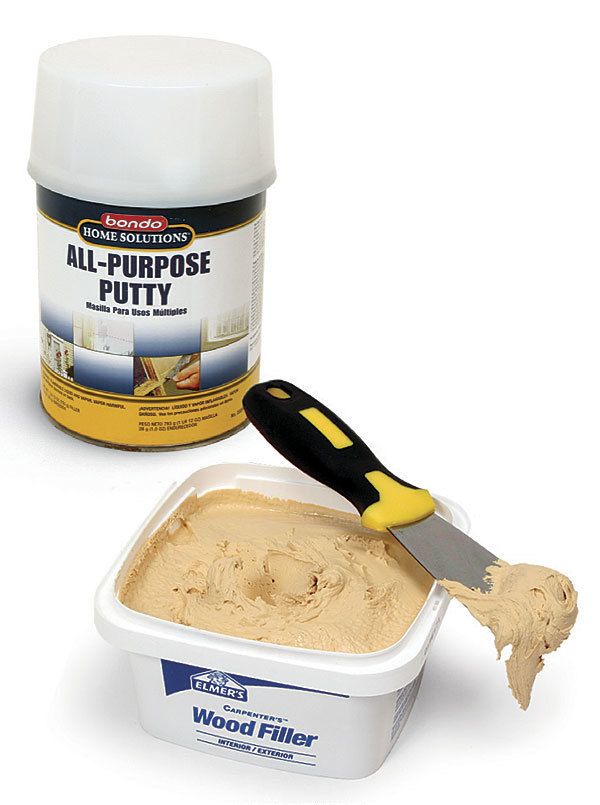
Photo (left) by: Dan Thornton.; Photo (right): Courtesy of Simpson Strong-Tie.
Q:
I’m painting my 100-year-old house. The clapboards are in pretty good shape, but I have some holes and gouges to fill. What type of filler should I use?
Jeff Perlee, via email, None
A:
Tim Leahy, a finish foreman for Kirby Perkins Construction in Newport, R.I., replies: My company does a lot of restoration work, so I deal with damaged clapboards all the time. Because our jobs are often time sensitive, I like products that dry fast enough for me to fill, sand, prime, and paint all in the same day.
For holes up to 1/2 in. dia. or for gouges narrower than 1/2 in., I like Elmer’s interior/ exterior Carpenter’s Wood Filler (www.elmers.com). It sands well and is creamy, so it works well off the knife. I sand the damaged area to bare wood and spot-prime the holes to seal the old wood; then I force in the putty. Deep holes and gouges might require a second application. Although the product claims to be shrink-free, the filler occasionally shrinks slightly as it dries. I sand and reprime the area once the filler dries.
For holes and gouges larger than 1/2 in., I reach for an epoxy filler or Bondo (www.3m.com), which is a polyester compound. Bondo doesn’t adhere well to paint or smooth surfaces. Before I apply it, I sand an area to bare wood about an inch around the repair. If the hole or gouge is deep, I also carve out small crevices with a chisel or putty knife around the perimeter of the repair. This gives the filler more area to cling to. I fill the hole, then sand the repair with a random-orbit sander to smooth the surface to level.










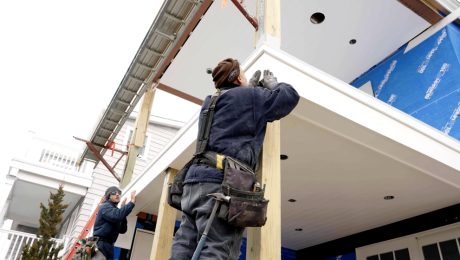
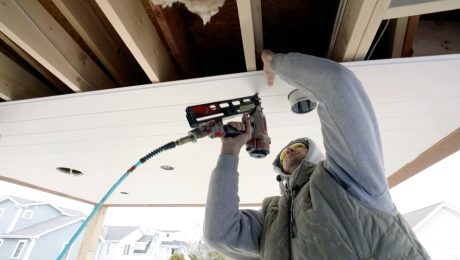


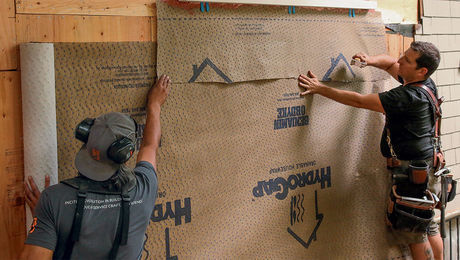
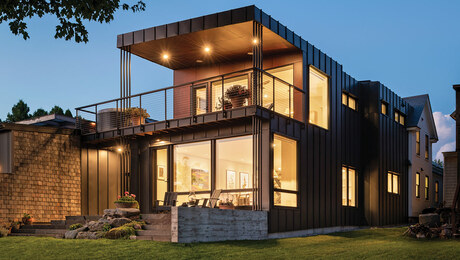










View Comments
Thanks for this post. My 100+ year old house has wood clapboard with horizontal cracks. I wonder how common such cracks are. Mine seem to be on the S- and W-facing sides. To fix this, I've tried wood filler and MH Ready Patch. The former wasn't easy to work with and doesn't seem to have much strength to prevent the crack from reappearing. The latter tends to mold and crack in thicker applications and also lacks strength.
So I moved on to Bondo Wood Filler.Similar to how I fix sheetrock hairline cracks, I cut out along the crack to give my an area to fill. I did not sand down to bare wood around these areas, but applied the epoxy well beyond the cracks. I did a few last fall (I'm in NJ) and didn't get to sanding or painting yet. These have held up perfectly. I realize the underlying paint will eventually give, but I'm impressed with the durability. I've just done a several more and intend to sand, prime, and paint all before winter.
What are your thoughts on this? I realize I probably should keep my patching to just the bare wood, widened cracks, but I overfilled a bit simply because I want to move on from filling and onto sanding.